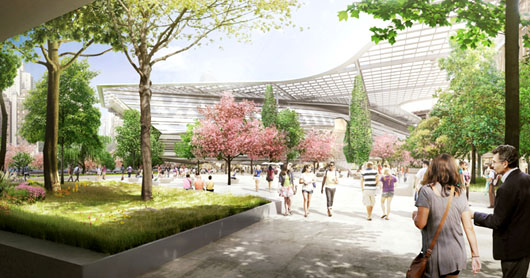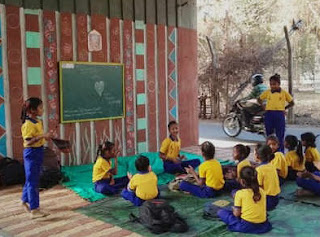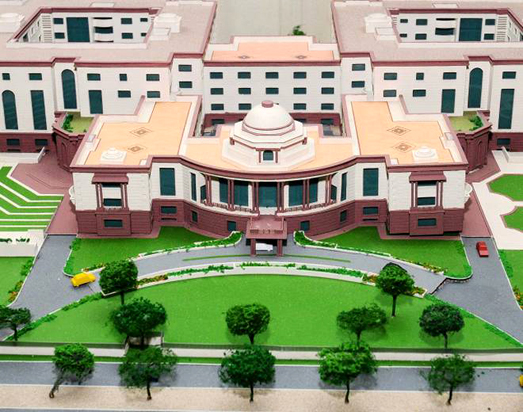The demand for green buildings, all over world, have increased and now people themselves ask for buildings which are environment friendly and saves water and energy. In 2000, just 41 new construction projects were officially rated as green buildings in the US. Last year, that figure had grown to more than 65,000. In the mid to late 1990s, green building was almost like a secret society of about 100 people going to conferences, but from 2000 onward it has exploded.
According to predictions by the International Labor Organization, "Constructing new environmentally-friendly buildings is expected to generate more than 6.5 million jobs by 2030." It is predicted that next to energy, it will be the second fastest growing sector for green jobs in the coming decades. In the UK, around 20 jobs will be created for every $1 million invested in existing infrastructure while in China, it will be around 200, and 160 in Brazil.
Constructing green buildings require sophisticated technology to create sustainability and for this there is going to be a lot of demand for people with the skills to make this happen. Entirely new jobs will likely emerge from the growing demand for green buildings. The International Labor Organization predicts roles such as eco-designers – who design products to be more efficient – and energy efficiency specialists will become increasingly important in places like China and India, where construction has been booming.
There is going to be a huge demand in skills that have been largely specialized until now.


































